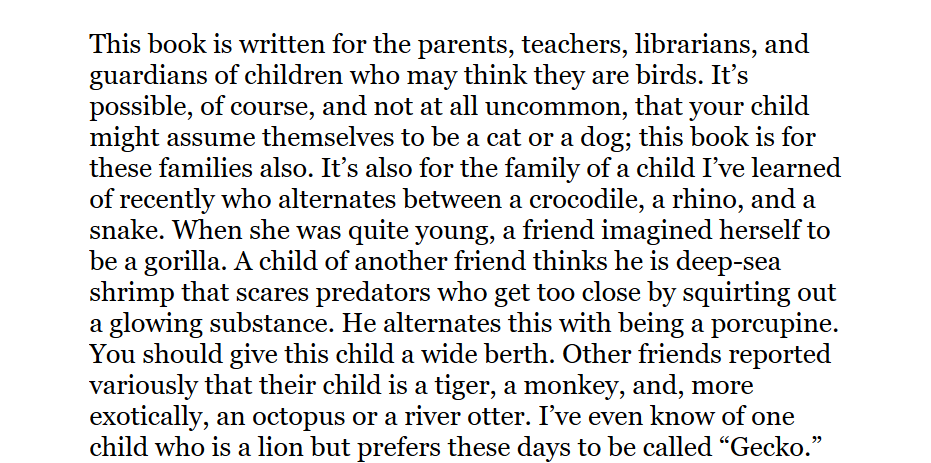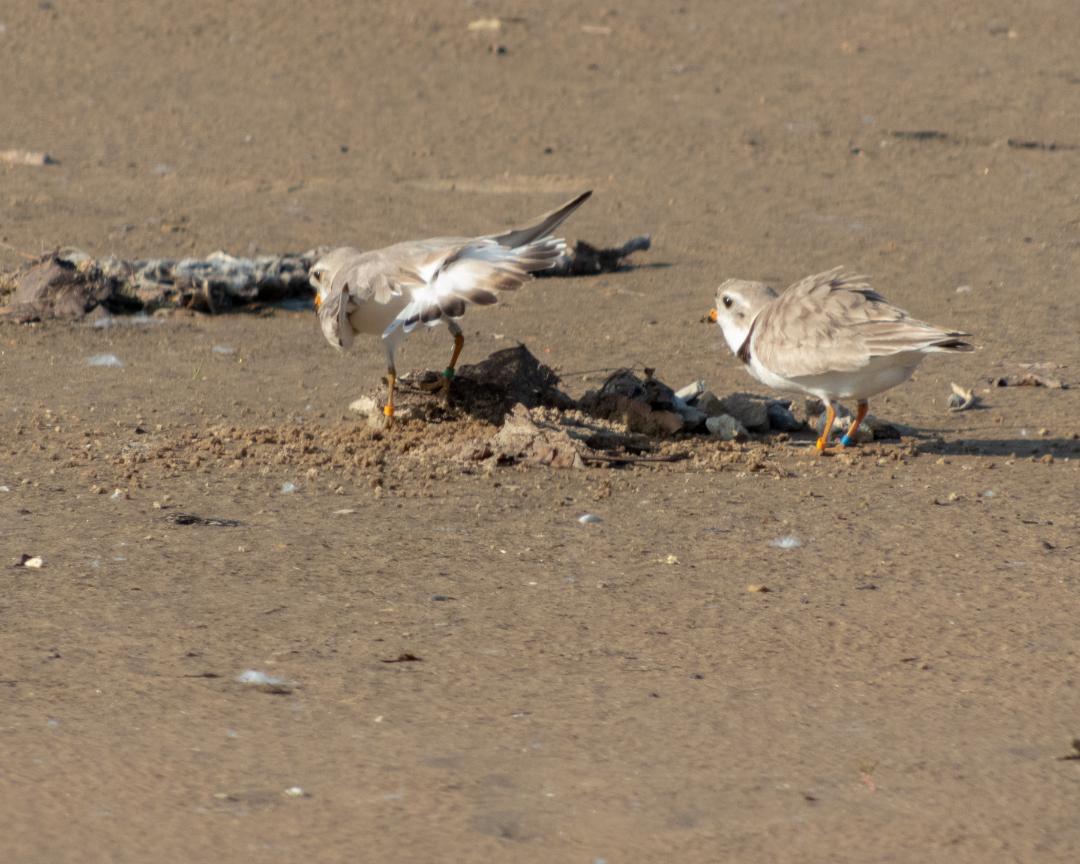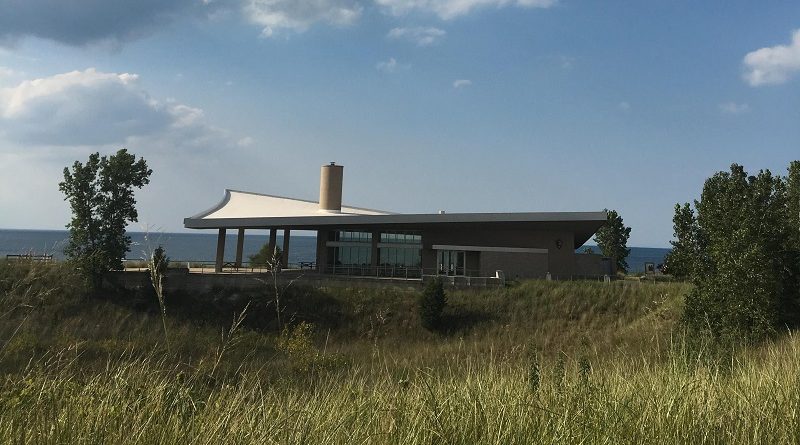Science, Art and Climate Change
Podcast: Play in new window | Download (Duration: 1:43:26 — 47.7MB)
Subscribe: Apple Podcasts | Spotify | Android | iHeartRadio | Podchaser | Email | TuneIn | RSS | More
Can art save the planet?
(June 23, 2019) How do you mix science, art and climate change? Let’s start by noting that a recent story about climate change on Vice caused a ruckus in the science community. The headline alone, New Report Warns ‘High Likelihood of Human Civilization Coming to an End’ Within 30 Years was enough to send folks reaching for the smelling salts. So Vice backed off and changed the title to “New Report Suggests ‘High Likelihood of Human Civilization Coming to an End’ Starting in 2050.”
As Vox reports,
The Vice story summed up a new report from the Breakthrough National Centre for Climate Restoration, an Australian think tank, arguing that the Intergovernmental Panel on Climate Change analysis of the impacts of climate change understates how much harm it’ll do, and that in reality we face something much worse, with runaway feedback effects amplifying the initial warming until the Earth is “largely uninhabitable.” It doesn’t actually argue that the world will end in 30 years, but it suggests we’ll reach the tipping point by then.
Vox goes on to say that the post was shared more than 70,000 times on Facebook and left many people with a sense of despair. In fact, NBC reports that “climate grief” is now a real thing.
The increasing visibility of climate change, combined with bleak scientific reports and rising carbon dioxide emissions, is taking a toll on mental health, especially among young people, who are increasingly losing hope for their future. Experts call it “climate grief,” depression, anxiety and mourning over climate change.
But Climate Feedback reports that six scientists took issue with the Breakthrough report. For instance, one scientist states,
I don’t think it’s so easy to discount the essential warning of this report. However, it would have been stronger if the authors were more careful not to mention the unsupported concept of near-term human extinction, and the unsupported probabilistic claim that there is a “high likelihood” of their 2050 scenario which includes the collapse of civilization. I do not understand why non-scientist writers (neither report author is a scientist) feel a need to exaggerate sound scientific findings, when those findings are already quite alarming enough. I feel that humanity should undertake urgent climate action just as the report authors do, but I feel that misrepresenting the science is unhelpful and unnecessary.
So what do I think about the Breakthrough report? Good for them.
What about the scientists who are objecting to some (but not all) of the report? Good for them.
What about the people experiencing “climate grief”? Good for them.
My point is that any engagement over the seminal issue of our generation is good. I don’t want folks to despair, but I do want them to at least think about our climate crisis.
And act upon it. And perhaps even create art that will motive others to do the same.
Which brings us to Christine Esposito, Founder of a public relations company called Terracom. She is also director and curator of The Ex.Change Project. She describes The Ex.Change Project as “Helping green brands stand out and engage audiences in critical environmental issues through the power of science-inspired art.”
One of those collaborations is Third Coast Disrupted: Artists + Scientists on Climate. Its executive summary states that “The need for action on climate change has never been more urgent. Yet many concerned that the planet is dangerously warming have yet to personally engage with the issue.” I guess those people aren’t suffering from climate grief. But I understand where this initiative is coming from. And I understand the need to get everybody on board.
How to do that? Art.
Through interdisciplinary reflection and artistic expression, Third Coast Disrupted aims to be an engaging way to spur public awareness of, and dialogue about, the impacts of climate change in the Chicago region. It also seeks to instill hope and be a gateway to citizen action.
Did I hear someone say “hope”? Here’s how this initiative says that will happen.
- Inspire new artworks for an exhibition in downtown Chicago, accompanied by related public programs
- Create opportunities for interdisciplinary idea-sharing and problem-solving, with possible spinoff partnerships and projects
- Engage residents of Chicago communities with the topic through public participation in creation of some of the artworks
The exhibition opens in September 2020 at the Glass Curtain Gallery of Columbia College Chicago. A year before that, however, there will be a daylong retreat at Indiana Dunes National Park on September 14 of this year. And, to get that rolling, a crowdfunding effort has been started. It states,
Never before, to our knowledge, has a group of local artists and scientists come together for a sustained, interdisciplinary conversation centered on climate change impacts and actions occurring here in the Chicago area.
Can art change the world? Of course it can. But can art change the course of climate change? We don’t know the answer to that question. Which is why we welcome Christine Esposito of Terracom to today’s show. She is joined by Liam Heneghan, Ph.D., professor of environmental science and studies at DePaul University, and co-director of DePaul University’s Institute for Nature and Culture.
He is also the author of Beasts at Bedtime: Revealing the Environmental Wisdom in Children’s Literature (University of Chicago Press). If you want a taste, you can go to the Amazon Kindle preview, which includes these lines.

Heneghan wrote to us to also suggest a central essay from the Beasts book that got published first in Aeon. It’s called The ecology of Pooh, and it features this paragraph.
 The Winnie-the-Pooh stories express the powerful and intimate connections that we form as children, not only with our toys, which we imbue with life, but also with place, which serves as both cradle and companion. A larger inspection of the books (and the real life of their central character) manifests both the delights and the discomfiting aspects of our relationship with place. Connections with nature that many of us nourish in memory are hard to retain in adulthood. An inspection of Christopher Milne’s story brings to mind that we grow up and we change, as do landscapes, as do our relationships. We leave our childhood places behind us, sometimes literally, by thousands of miles, traversing several biomes before alighting like storm-tossed petrels in deeply unfamiliar territory.
The Winnie-the-Pooh stories express the powerful and intimate connections that we form as children, not only with our toys, which we imbue with life, but also with place, which serves as both cradle and companion. A larger inspection of the books (and the real life of their central character) manifests both the delights and the discomfiting aspects of our relationship with place. Connections with nature that many of us nourish in memory are hard to retain in adulthood. An inspection of Christopher Milne’s story brings to mind that we grow up and we change, as do landscapes, as do our relationships. We leave our childhood places behind us, sometimes literally, by thousands of miles, traversing several biomes before alighting like storm-tossed petrels in deeply unfamiliar territory.
I have two comments. One, I think I need to pick up the book. Two, it’s not fair to make me weep while I’m writing the blog for my radio show.
Fighting for piping plovers
I happen to be on the mailing list for Volunteers and Friends of Montrose Beach Dunes on Chicago’s north side. On June 8, I received this email from Leslie Borns, who is Chicago Park District Volunteer Site Steward for Montrose Beach Dunes. She wrote,

A pair of federally and state endangered Piping Plovers, a small, pale shorebird whose current Great Lakes population is estimated at only 67 breeding pairs, is nesting on Montrose Beach! Piping Plovers have been in our dune news all year, beginning with the hardy bird that arrived in fall 2018 and stayed for three months, breaking all records for late fall Piping Plovers in our region. This spring six different plovers stopped over during migration, and three of the birds recently started demonstrating territorial and courtship behavior. Two plovers, ‘Monty’ and ‘Rose’ (think ‘MontRose’) have now paired up and established a nest on the main portion of Montrose Beach (the swimming beach between the dune habitat and dog beach). These two nested unsuccessfully at Waukegan last year, and three of those eggs were salvaged and hatched out by the Great Lakes Piping Plover Recovery Team in Michigan.
Monty and Rose quickly became rock stars among Montrose birders, who are observing and documenting their every move. Monty is very aggressive in protecting his territory and chases off birds much larger, including Killdeer, Purple Martins, and even a Mallard Duck (see Scott Judd’s attached photo). Even before the nest was established, we reached out to Illinois Department of Natural Resources (IDNR) and U.S. Fish & Wildlife Service (USFWS) staff and requested assistance in the event the plovers decided to nest. Once Rose chose one of Monty’s ‘scrapes,’ the agencies moved in quickly to install sturdy protective fencing and educational signage. Now all of the major Chicago birding organizations have partnered to set up round the clock monitoring of the nest enclosure. The response has been phenomenal; to volunteer, send an email to piperwatch@chicagobirder.org. I cannot express how proud I am of our birding/conservation community and local officials. Fencing off a portion of Chicago’s largest and perhaps most popular public beach is no small challenge, but the Chicago Park District’s Department of Natural and Cultural Resources didn’t hesitate. As USFWS’s Kris Lau says, “It takes a village.”
But there were dark clouds on the horizon. On June 14, the Chicago Tribune reported that
This summer, promoters announced that Mamby, the city’s only beach-side fest, was moving from Oakwood Beach on the South Side to the North Side’s Montrose, where some neighbors have previously fought off festivals. About 50,000 fans are estimated to move between three stages, with breaks for yoga or tarot card readings.
No details have been finalized and a permit has not been issued, Park District spokeswoman Michele Lemons said in a statement Thursday.
And thus began the Piping Plover War of 2019. Since then, there has been a lot of local coverage, including here, here, and here. The Chicago Sun-Times weighed in a few days ago with an editorial headlined Face the music — rare piping plovers must be protected. And Friends of the Parks sent out a newsletter the other day in which they wrote about
June 10th of this year when stakeholders had a meeting with Jam Productions, the Mamby of the Beach concert promoter, at the suggestion of the local alderman. Chicago Park District staff were in attendance and it was revealed that they had “blacked out” the August dates on their internal calendars starting five to six months before. As of last year the park district had been informed of stakeholders’ issues around events, communication and transparency. The fact that they never communicated the blackout dates to residents and other stakeholders nor called for public meetings about the event raises questions regarding the park district’s commitment to transparency and to its customers, the residents of Chicago.
In light of the media coverage and knowledge of some behind the scenes goings-on, we’ve been reflecting on Mayor Lightfoot’s promises of inclusion and transparency made during her campaign. This case is both an example of the lack of transparency and an opportunity for the Lightfoot administration to make good on a promise to establish an informed community process across all sectors of our city government.
Are you starting to get the impression that this is a big deal? So are we. Leslie Borns joins us on the show this morning, along with Carl Giometti, president of the Chicago Ornithological Society, to talk about where we go from here.
State of Trees mid-2019
This blog post is working more or less backwards when it comes to this morning’s radio show. While our Bartlett Tree Experts segment is the first thing on the broadcast this morning, we’re posting it last here. Normally, we welcome our buddy Skeet to the show, and he will be with us again at the end of July.
However, this morning, Scott Stringer from the Bolingbrook office joins us in studio. We will, of course, ask him about the cold, rainy spring and its effect on trees. This came from the Morton Arboretum’s Plant Health Care Report for June 14.
We have seen serious dieback on a number of woody plants including boxwood (covered in issue 3, May 3), Japanese maple and burning bush. We have had stressful weather years since at least 2012, topped off with a brutal winter and an up and down spring, where the temperature was 80 degrees in the third week of April and below freezing (with snow) during the last weekend of April. It is no wonder that some plants are struggling.
To add insult to injury, we have had amazing amounts of rain,and many soils have been saturated. Roots need air as well as water and so roots many not be functioning properly. This means they are unable to bring water and nutrients up to the plant. This can lead to wilting of new foliage as well as chlorosis (yellowing) of leaves. We are even seeing leaves turn white on burning bushes. Some trees and shrubs also have cankered stems that are cutting off the water supply. Cankered stems may have broken or peeling bark, sunken areas or discolored bark. These stems need to be cut out. Clean pruning tools between cuts to minimize spread of these diseases.
That’s the kind of issue that we will be discussing this morning. Get your questions ready at 877-711-5611 or on Facebook, Twitter or Instagram. We’ll be happy to give you some answers.

